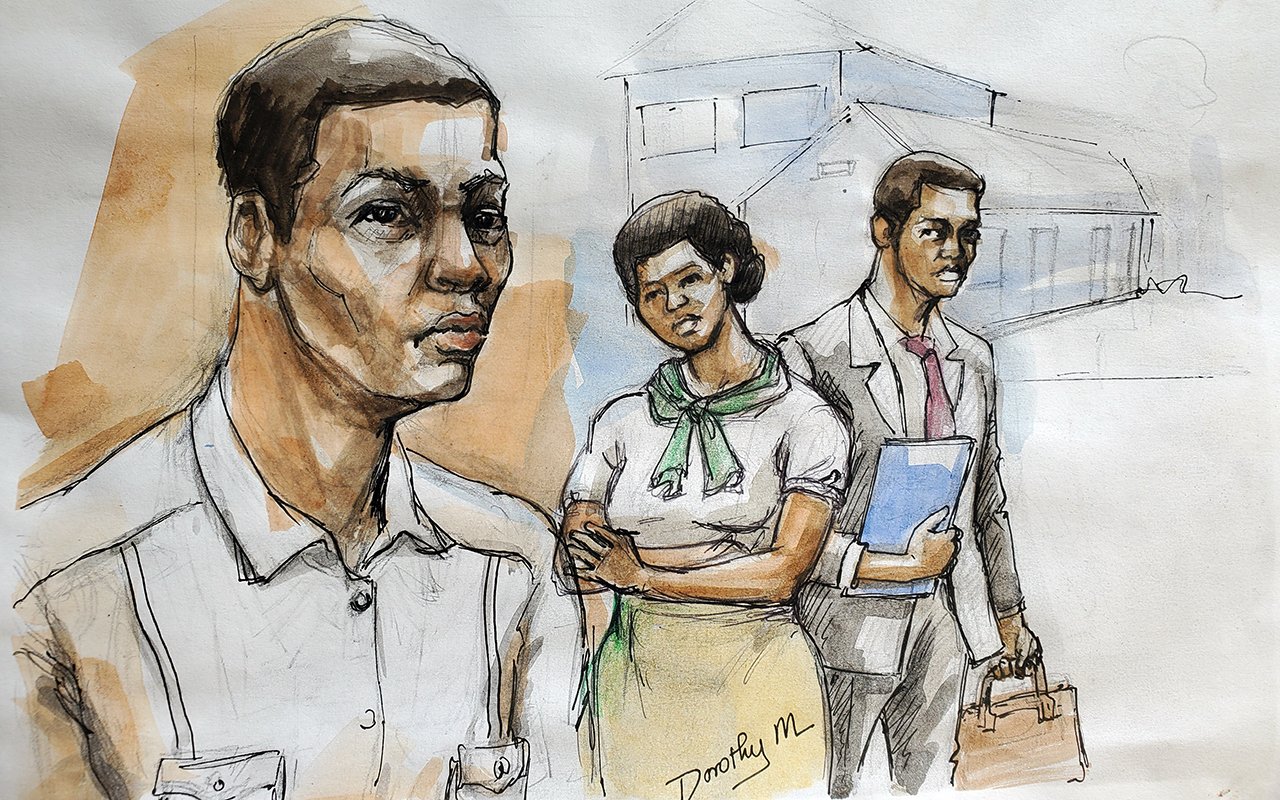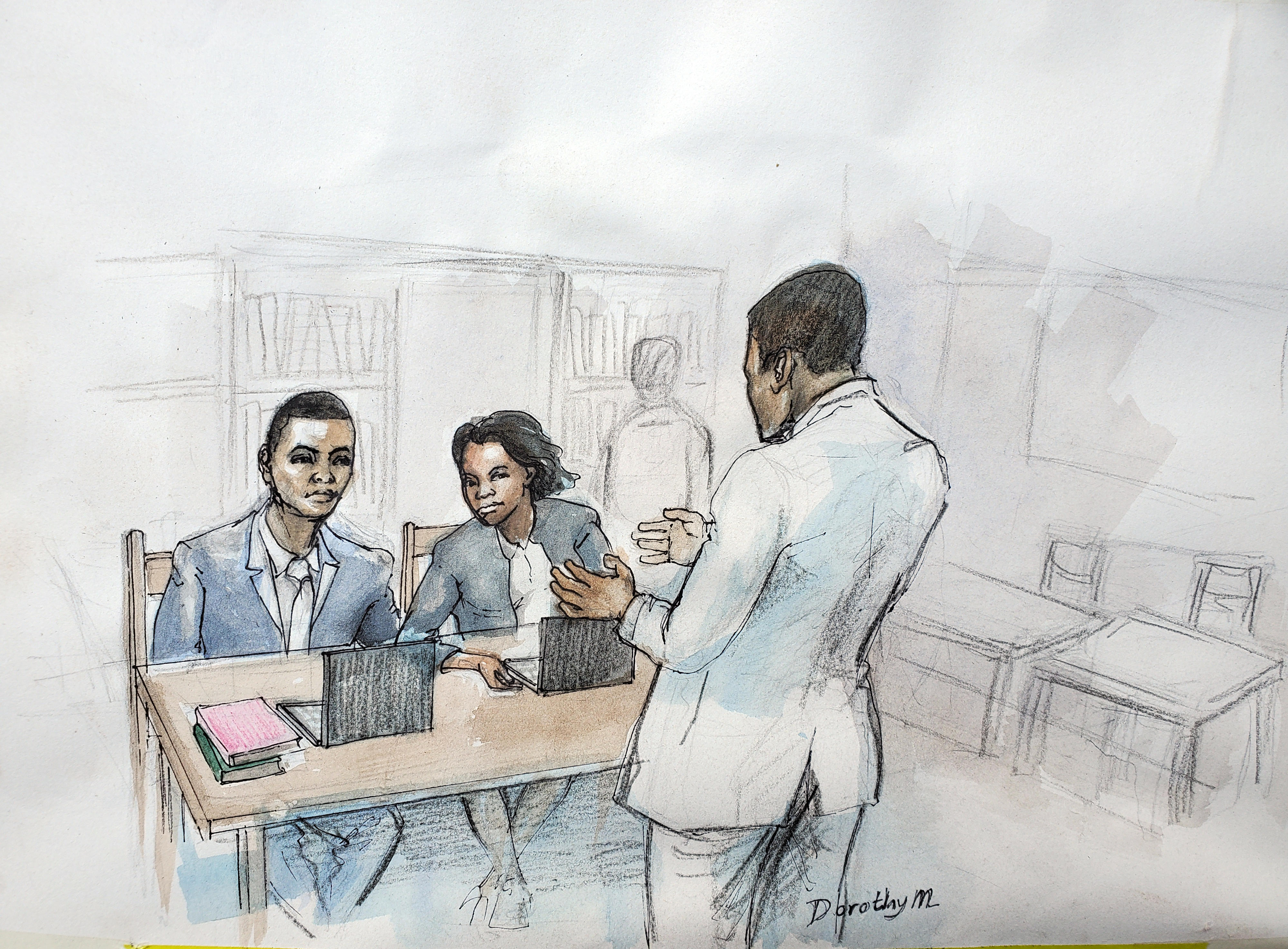Prime
Likely misinterpretation of post-mortem injuries

What you need to know:
- There was also no evidence that a histology examination was carried out on other tissues of the deceased. This examination would have ruled out other causes of death such as a heart attack or blood clot in the lungs.
Two people were prosecuted and convicted of murder and sentenced; one to life imprisonment and the other to death for a crime they did not commit.
The first case was of a four-year-old girl who was found dead in her bed in 1993. The little girl’s uncle, who was with her at the time of her death, was accused of sexually assaulting and then killing her.
The second case was triggered by events that occurred on the evening of February 22, 2002, and led to the death of a six-months-old baby. The baby died after she apparently slipped from the hands of a caregiver and hit her head on the toilet seat. She died a few hours later.
In both cases, the doctors who performed the post-mortem examinations concluded that the children had been anally raped as the anuses of both children were dilated. In truth, the evidence used to convict the two men was an erroneous interpretation of post-mortem findings.
In the first case, the convicted man was released from prison after 12 years and received financial compensation from the government in the amount of $4.3 million (about Shs16b).
In the second case, the convicted man’s death sentence was revoked but he was still handed a life sentence, but some lawyers are still fighting to prove his innocence.
Post-conviction review
In the first case, a post-conviction review revealed fundamental difficulties with the medical evidence. The legal interpretation was that the new expert opinions proffered by the reviewing pathologists raised significant issues about the medical evidence.
On this basis, the conviction was quashed based on a consensus between the prosecution and defence, who agreed that the original evidence advanced by the prosecution at trial could not be sustained on review.
The main medical pitfall was the misinterpretation of post-mortem artifacts as injuries. Post-mortem anal dilation was misinterpreted as evidence of anal abuse and artifacts on the tissue slides were also misinterpreted.
The natural pooling of blood that occurs after death was misinterpreted as bruises. The column of blood that gravitates after death has some weight which can lead to the rapture of small blood vessels, especially when they begin to decompose.
When these false hemorrhages develop in forensically important parts of the body such as the head and neck region, especially when the body is awkwardly positioned, these may be misinterpreted as evidence of strangulation.
On the morning of Sunday, September 10, 2017, a housewife died shortly after being taken to hospital. She had been found unresponsive on her marital bed that morning after she had prepared breakfast for her family.
A post-mortem examination concluded that the housewife had been strangulated. The husband of the woman, a retired military officer, was convicted of murder of his wife and handed a life sentence.
The husband, however, vehemently contested the post-mortem report and appealed against the conviction and the sentence. Two forensic pathologists were independently asked to review the initial post-mortem report.
One of the specialist forensic pathologists who reviewed the post-mortem report had known the doctor who performed the initial post-mortem for a period of about 20 years; the two had studied together.
During the period of their study, the component of forensic medicine was inadequately covered as there were no specialised forensic pathologists in the region. The specialist forensic doctor was sure the doctor who performed the post-mortem examination did not have any specialised training in forensic medicine.
Cause of death
The cause of death of the housewife was attributed to manual strangulation. The standard and accepted technique used during the post-mortem of such a case is the bloodless neck dissection.
This technique minimises the formation of artifacts that may be misinterpreted as injuries in the neck. It is imperative that this must be mentioned in the post-mortem report; the post-mortem report made no mention of this technique.
A widely recommended text book of forensic medicine, Knight’s Text Book of Forensic Medicine, states unequivocally that at autopsy, it is essential to release the blood in the venous system before dissecting the neck to avoid or reduce artifactual hemorrhage that can occur in the region.
It is important that doctors photograph injuries, especially in forensic practice and this is again mandatory during post-mortem examinations. Such photographs are vital when there is a need to independently verify such injuries. It was apparent that no photographs were taken during the post-mortem examination of the housewife.
It is also equally important that injured tissues should be examined under the microscope. This is known as histology examination. This examination will establish whether such injuries were caused before or after death occurred. There was no evidence that such an examination was carried out or whether such injuries were, in truth, artifacts.
Histology examination
There was also no evidence that a histology examination was carried out on other tissues of the deceased. This examination would have ruled out other causes of death such as a heart attack or blood clot in the lungs.
To the forensic pathologist, it would have been very important to exclude causes of sudden death in a woman who was described as overweight and of the stated age of 38.
The doctor described head injuries in the deceased. The first expert who reviewed the post-mortem report was of the opinion that these were artifacts.
The second expert was of the opinion that if, indeed, there were injuries, a possible explanation was that the patient fell and hit her head when she suddenly collapsed. But in the absence of bleeding on the scalp, it is more than likely that these were artifacts.
The deceased was described as well-built with an estimated weight of 80kg. It would, therefore, be expected that the deceased would have ordinarily put up a fight and attempt to defend herself. There were, however, no defensive wounds documented on the body of the deceased.
Vital forensic evidence such as nail clippings from the deceased for DNA analysis were not collected. These would have indicated whether the deceased attempted to defend herself.
The doctor who performed the post-mortem examination concluded that the deceased died as a result of obstruction of the airways and blood vessels in the neck of the deceased.
Evidence of obstruction of blood vessels in the neck is demonstrated by congestion of the face and may be clearly seen as bleeding in the eyes. Sometimes there is an associated protrusion of the eyes and tongue. Such features were not mentioned in the post-mortem report.
The doctor attributed the death of the housewife to multiple causes namely head injury, heart failure and manual strangulation.
It is unlikely that all these three named were what caused the death of the deceased. The conclusion that the cause of death was asphyxia (absence of oxygen) and cardiac arrest (stopping of the heart) is not medically right. A cause of death is defined as the initial disease or injury responsible for the train of events that ultimately lead to death.
In every dead, the heart stops. This is cardiac arrest. It cannot be a cause of death. The cause of death is what led to the heart stopping.
The doctor should rather have stated that the death was consistent with manual strangulation if a bloodless neck dissection had been carried out, injuries in the neck documented and photographed and tissues examined under the microscope.
And these should have been supported by crime scene investigations and immediate circumstances surrounding the death.
History
It is also equally important that injured tissues should be examined under the microscope. This is known as histology examination. This examination will establish whether such injuries were caused before or after death occurred.
There was no evidence that such an examination was carried out or whether such injuries were, in truth, artifacts.
There was also no evidence that a histology examination was carried out on other tissues of the deceased. This examination would have ruled out other causes of death such as a heart attack or blood clot in the lungs.
To be concluded
Dr Sylvester Onzivua
Forensic pathologist




